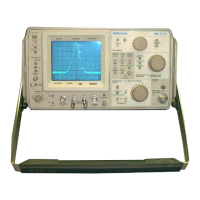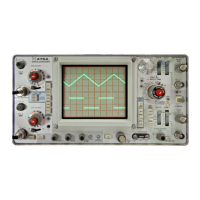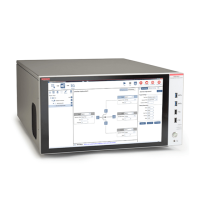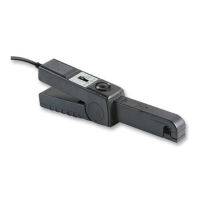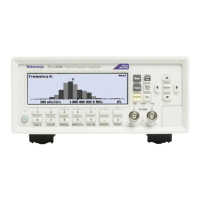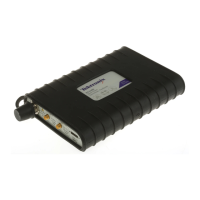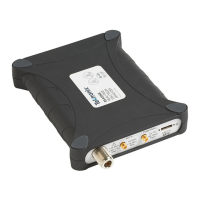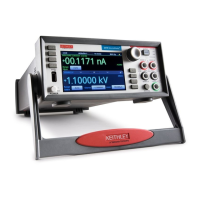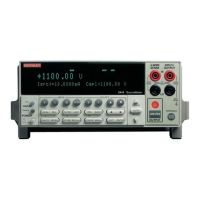Fig. 4-19. Band A and B local oscillator assemblies.
Replacing Components on the Circuit Boards
It is best to remove the circuit board assembly to replace
components, because melted solder at the connections will
wick through the plated eyelets and can produce electrical
shorts. If the component is replaced without removing the
board make certain an electrical short does not exist.
Use electronic grade 60/40 solder and a 15-watt pencil
soldering iron with a
1
/
8
inch or smaller, chisel tip. The
soldering iron tip should be clean and properly tinned for
maximum heat transfer. Higher wattage irons may damage
the bond between the etched wiring and the base material.
The following technique is suggested in the replacement
of a component on the circuit board assembly:
1. Remove the component by cutting the leads near the
body. This frees the leads for individual unsoldering,
2. Grip the lead with needle-nose pliers. Apply the tip
of the soldering iron to the connection at the back of the
board, then pull gently to remove the lead.
3. When the lead comes out of the board it should leave
a clean hole. If not, the hole should be cleaned by reheating
the solder and placing a sharp object such as a wooden
toothpick or enameled wire into the hole to remove the old
solder.
4. Clean the leads on the new component and bend them
to the correct shape to fit into the holes. Insert the leads,
making certain the component seats the same as the original,
5. Apply the iron to the connection at the back of the
board and apply only the amount of solder required to form
a good electrical connection.
6. Check the front or component side of the board to
insure that the solder has filled the plated eyelet.
NOTE
Some components can be damaged by heat. A
hemostat or forceps, between the component and
the connection will protect the component from
excessive heat.
4-15
